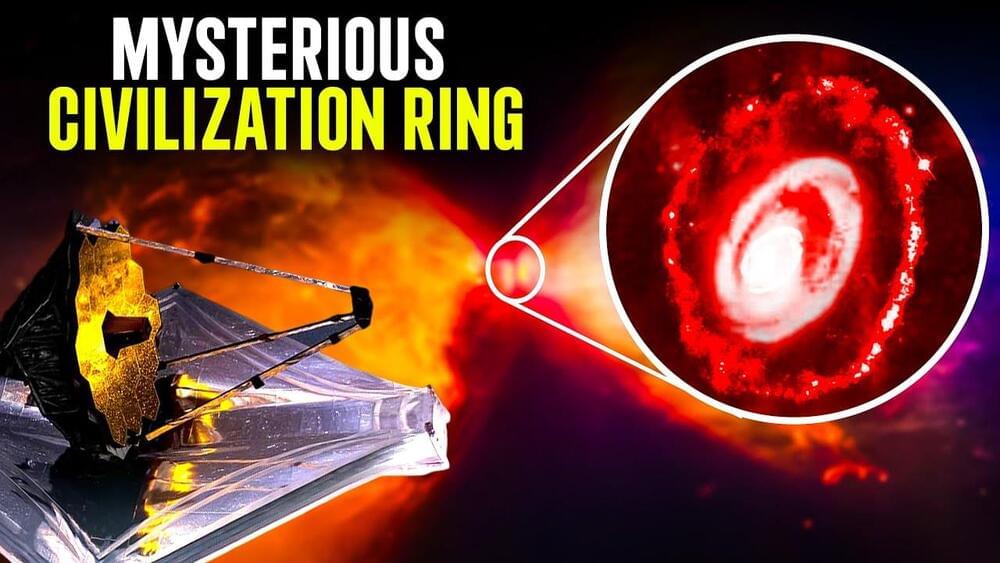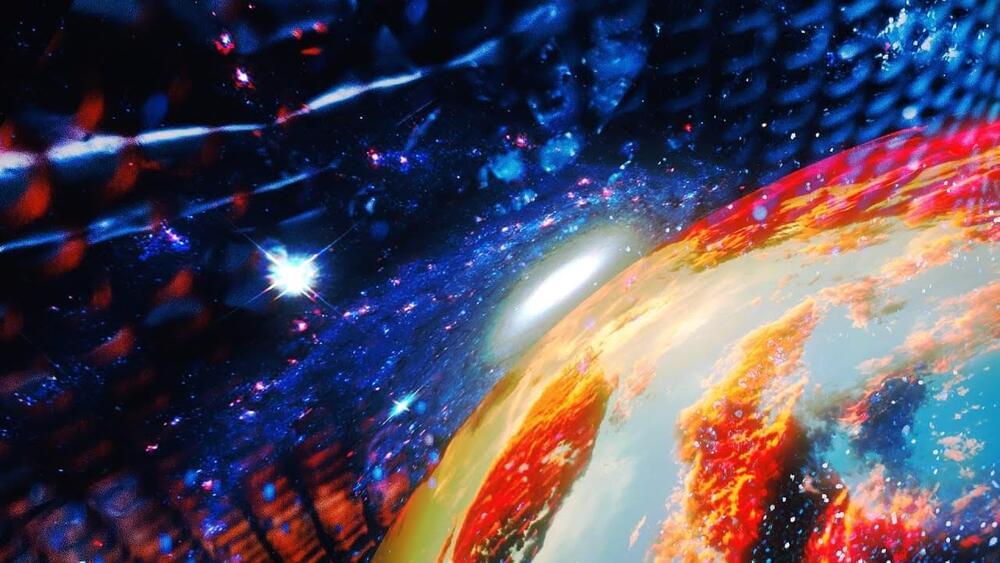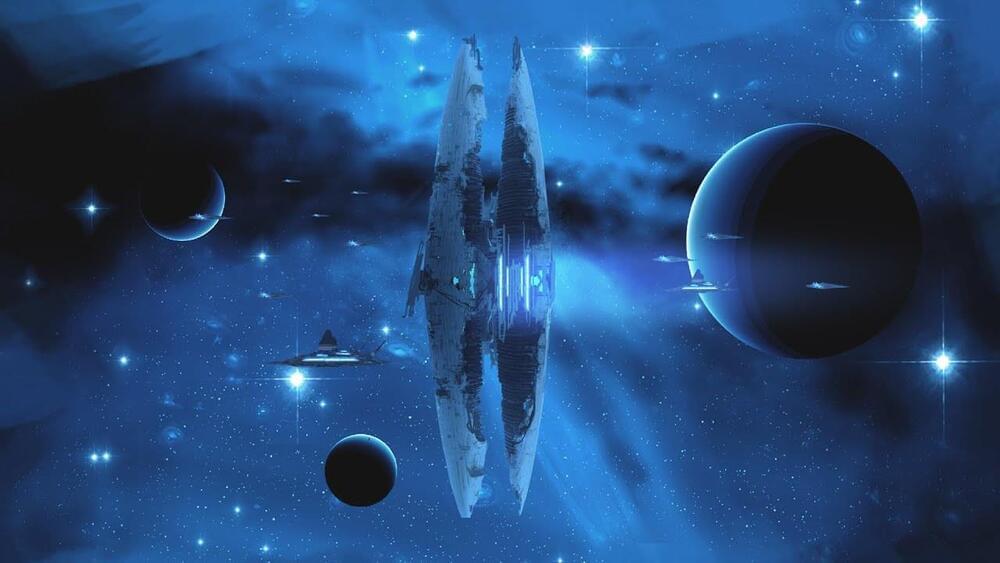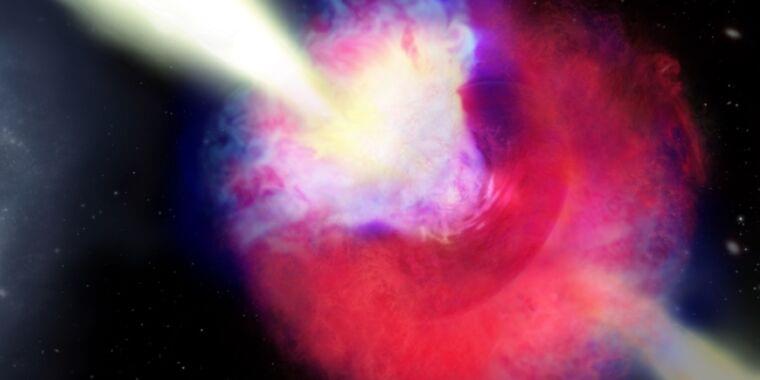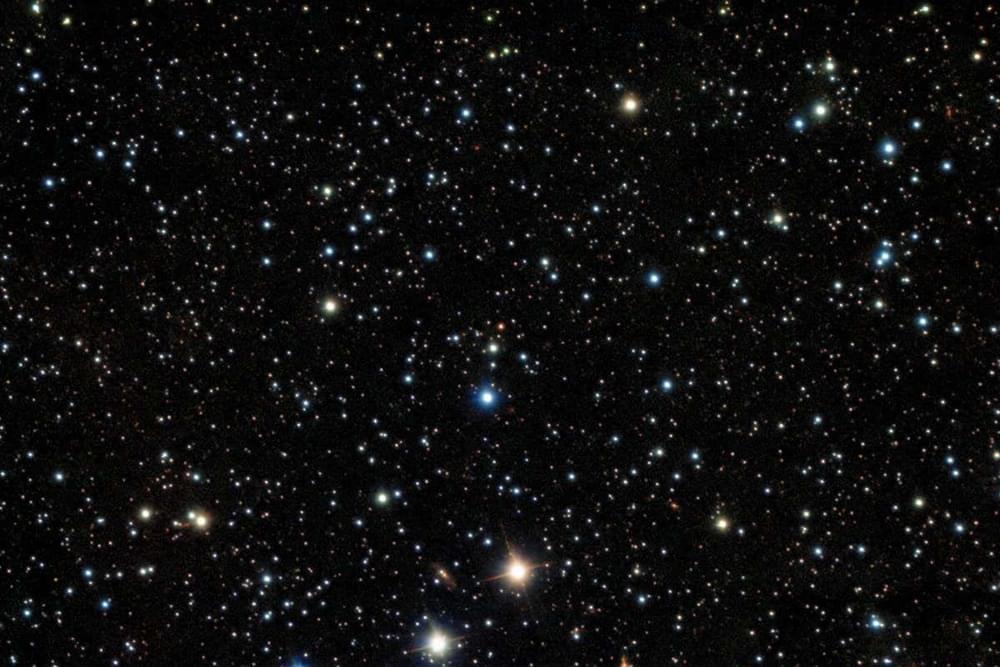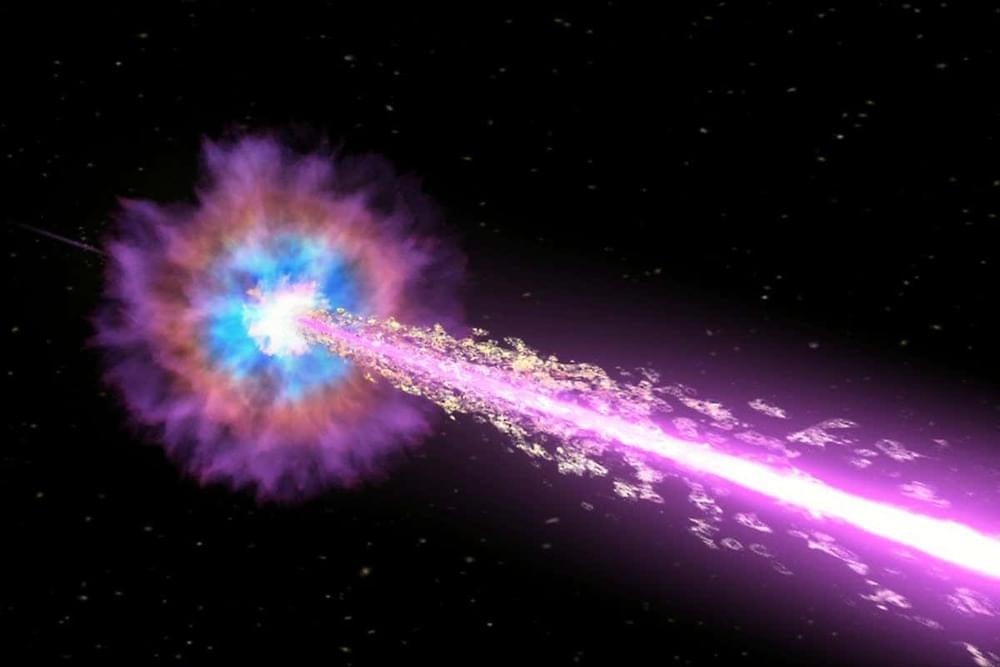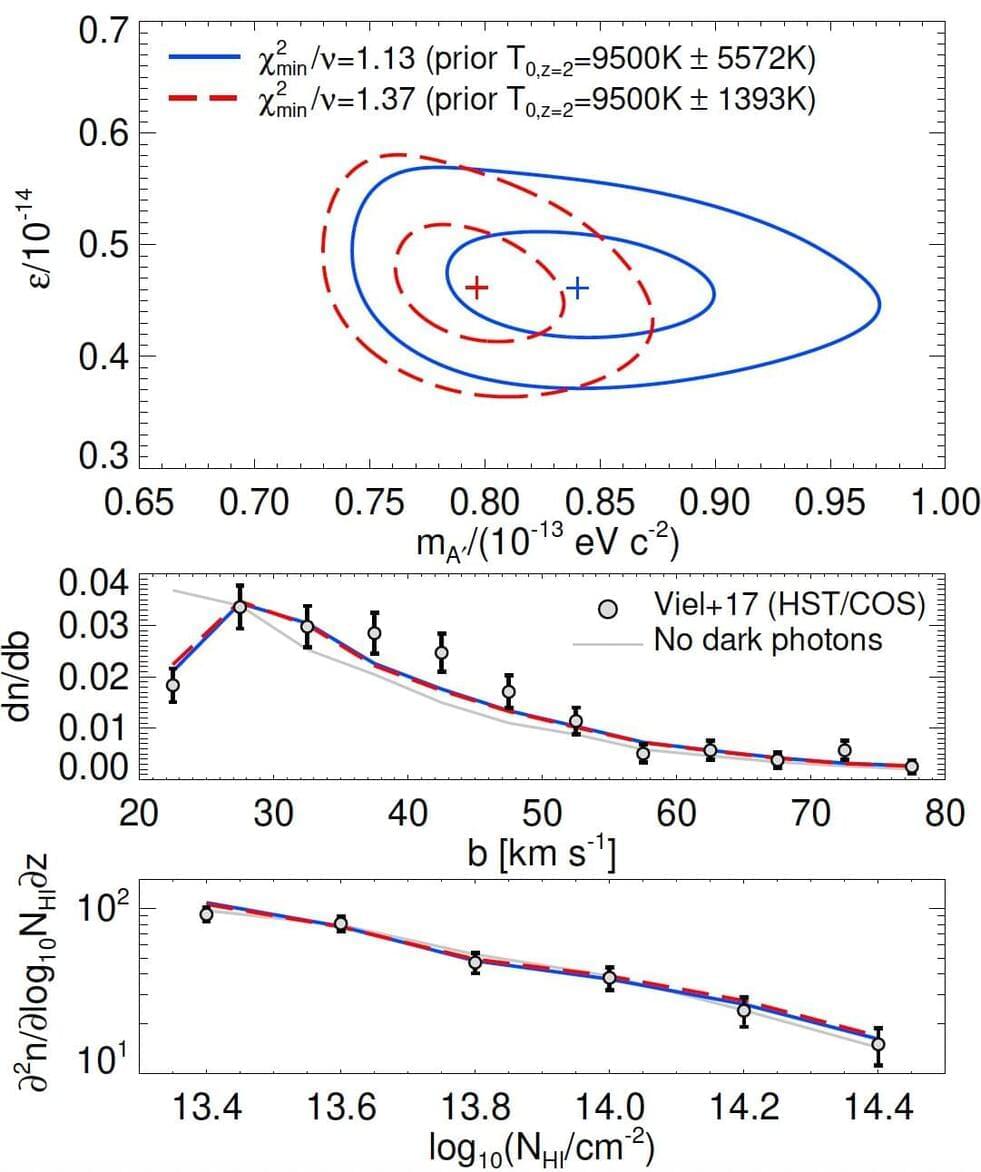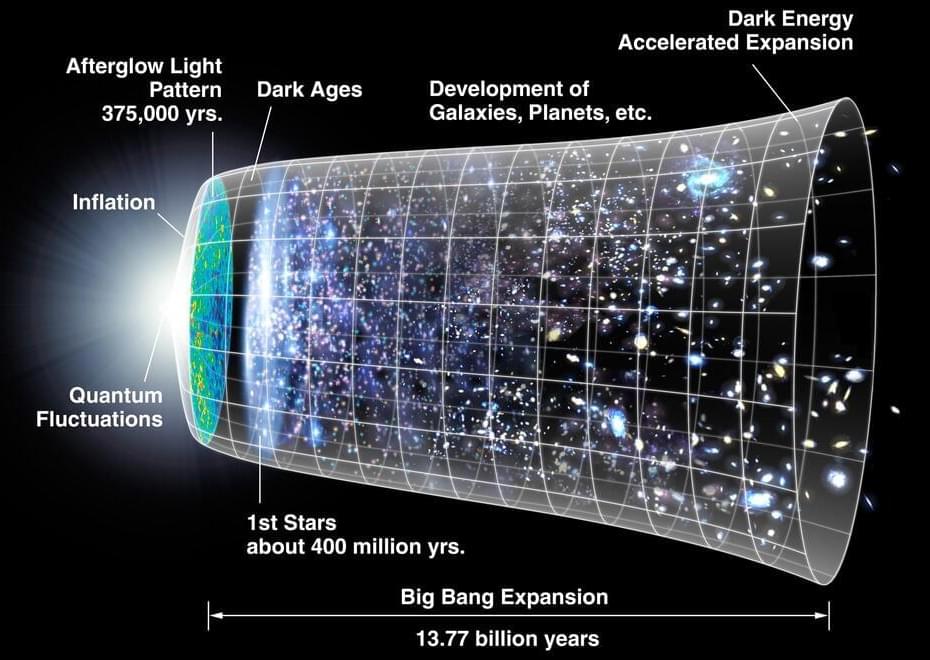Dec 9, 2022
James Webb Telescope’s Latest Discoveries
Posted by Dan Breeden in categories: cosmology, education
James Webb Telescope’s Latest Captures.
Welcome Back To Theory Of Science!
The James Webb Space Telescope is the largest, most powerful space telescope ever built. It will allow scientists to look at what our universe was like about 200 million years after the Big Bang. The telescope will be able to capture images of some of the first galaxies ever formed. It will also be able to observe objects in our solar system from Mars outward, look inside dust clouds to see where new stars and planets are forming and examine the atmospheres of planets orbiting other stars. The Webb telescope is as tall as a 3-story building and as long as a tennis court! It is so big that it has to fold origami-style to fit inside the rocket to launch. The telescope will unfold, sunshield first, once in space The James Webb Space Telescope sees the universe in light that is invisible to human eyes. This light is called infrared radiation, and we can feel it as heat. Firefighters use infrared cameras to see and rescue people through the smoke in a fire. The James Webb Space Telescope will use its infrared cameras to see through dust in our universe. Stars and planets form inside those dust clouds, so peeking inside could lead to exciting new discoveries! It will also be able to see objects (like the first galaxies) that are so far away that the expansion of the universe has made their light shift from visible to infrared! in this video, we are looking into James Webb Telescope’s Latest Captures.
Continue reading “James Webb Telescope’s Latest Discoveries” »
